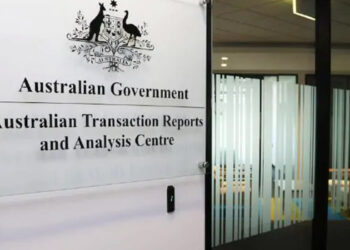Business failures in Australia are on the rise, reaching their highest level since the peak of the pandemic, according to CreditorWatch.
Namely, the average failure rate for local businesses sits at 5.04 per cent, up from 3.97 per cent in October last year. The previous high was 5.08 per cent in October 2020.
CreditorWatch explained that the failure rate fell steadily after the initial phase of the pandemic but began to rebound in October 2023.
“Higher prices and interest rates have increased the cost of living for consumers and the cost of doing business for companies,” the company said.
“The ATO also recommenced collection activities at that time to attempt to recover some of the $35 billion in outstanding debt owed to it by small businesses.”
Turning to industry, the new data found that food and beverage recorded the highest failure rate, increasing to 8.5 per cent on a rolling 12-month basis from 8.3 per cent in the 12 months to September.
Notably, CreditorWatch forecasts this number to rise to 9.1 per cent over the next year, reflecting the ongoing pressure on the sector as consumers continue their vigilance around discretionary spending.
From a regional perspective, Western Sydney and South-East Queensland were at the highest risk of business failure.
Meanwhile, the lowest risk regions are concentrated around inner-Adelaide, regional Victoria, North Queensland and the northern suburbs of Sydney.
Commenting on the findings, CreditorWatch chief executive Patrick Coghlan said that while inflation increases appear to have peaked, businesses are awaiting interest rate relief.
“A slowdown in the inflation rate will certainly help businesses but we must remember, this just means that price rises have slowed down, so the cost pressures remain. In most cases, you won’t see the cost of goods and services coming down,” he said.
“Businesses desperately need interest rates to come down, so households have some relief in cost-of-living pressures and start spending more.”
In fact, chief economist Ivan Colhoun noted that businesses are experiencing many of the same cost pressures as consumers, including higher electricity, insurance and rental costs, as well as the impacts of minimum wage increases.
“Together with some greater caution in discretionary spending and softness in interest rate sensitive sectors of the economy, this unsurprisingly has led to higher voluntary business closures and some rise in insolvencies,” he said
Interestingly, measures of consumer confidence and business confidence improved in October, according to a recent NAB business survey.
CreditorWatch speculated that income tax cuts starting to flow more broadly through the economy, continued share prices rising and strong employment growth played a part.
“These are favourable developments in what remains an uncertain time for businesses, impacted by many cross-currents, including geopolitics, technology and post-pandemic effects, to name a few, of the major forces on top of high inflation and high interest rates,” the company said.







